Emily Carr University of Art + Design
Art Direction, Speculative Design, UI, UX
2024
2024
MIRA: ILLUSIONS IN PRINT
MIRA: ILLUSIONS IN PRINT
What if photographs were interactive? How might we view, design, and market an image no longer bound to a static form?
These were the questions that inspired my undergrad capstone project. Set in the year 2100, I explored a technology with the weight and feeling of paper but the interactive capabilities of a tablet. In my imaginary world, this technology has recently been released and is about to change the world of print and photography.
Within this framework, I developed a fictitious magazine titled Mira and imagined what their first foray into using this new interactive paper might look like. In the space I’ve created, Mira is the first magazine to take on this highly technical invention with a specific focus on fashion photography and editorial storytelling.
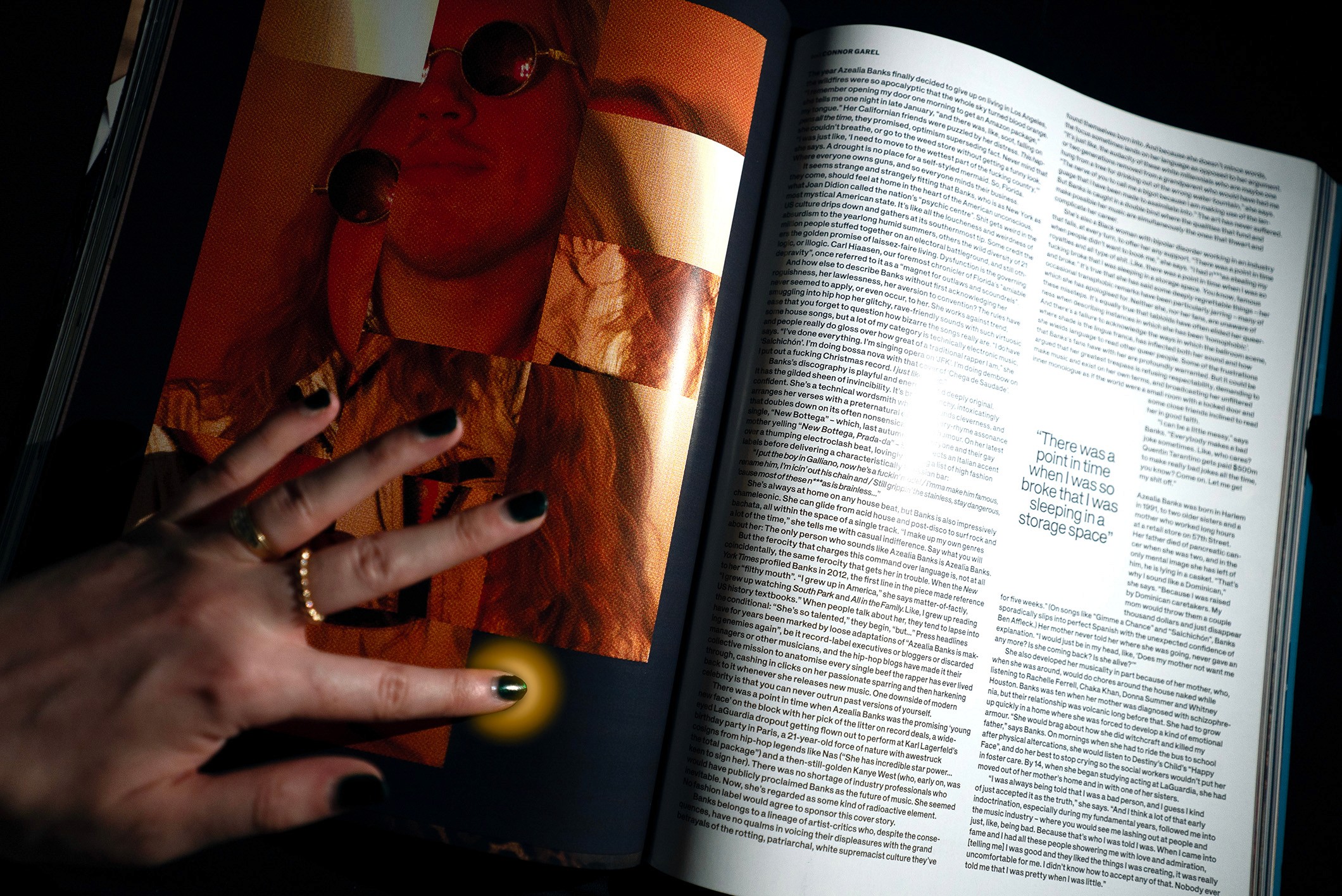

Emily Carr University of Art and Design
Art Direction, Speculative Design, UI, UX
2024
MIRA: ILLUSIONS IN PRINT
Set in the year 2100, this project explores a technology that is part paper, part screen. With the weight and feeling of paper but the interactive capabilities of a tablet, this technology has recently been released and is about to change the world of print and photography.
Within this framework, I developed a fictitious magazine titled Mira and imagined what their first foray into using this new interactive paper might look like. In the world I’ve created, Mira is the first magazine to take on this highly technical invention with a specific focus on fashion photography.


SCOPE
SCOPE
SCOPE
The goal of this project was to produce an editorial fashion campaign around the idea of interactivity. The focus was on:
The inherit interactive qualities of the garments featured (through movement and texture)
How the images themselves could be made interactive and therefore more compelling
The focus of this project was not the branding of the magazine but rather on the images it contained.
The goal of this project was to produce an editorial fashion campaign around the idea of interactivity. The focus was on:
The inherit interactive qualities of the garments featured (through movement and texture)
How the images themselves could be made interactive and therefore more compelling
The focus of this project was not the branding of the magazine but rather on the images it contained.
WHY MIRA?
WHY MIRA?
WHY MIRA?
I was inspired by the notion that design doesn’t always need to solve a problem. Throughout my degree, I felt pushed towards creating solutions (usually in the form of apps or websites) but had less space to let designs exist simply because I wanted them to. For my capstone, I wanted to focus on the joy in design and the ways in which it connects to photography and static images.
Framing this project as an exploration in what could be possible, as a journey I wanted to take just because I could, was very useful to me. It let me view both Mira and design as a whole through a playful lens.
I was inspired by the notion that design doesn’t always need to solve a problem. Throughout my degree, I felt pushed towards creating solutions (usually in the form of apps or websites) but had less space to let designs exist simply because I wanted them to. For my capstone, I wanted to focus on the joy in design and the ways in which it connects to photography and static images.
Framing this project as an exploration in what could be possible, as a journey I wanted to take just because I could, was very useful to me. It let me view both Mira and design as a whole through a playful lens.
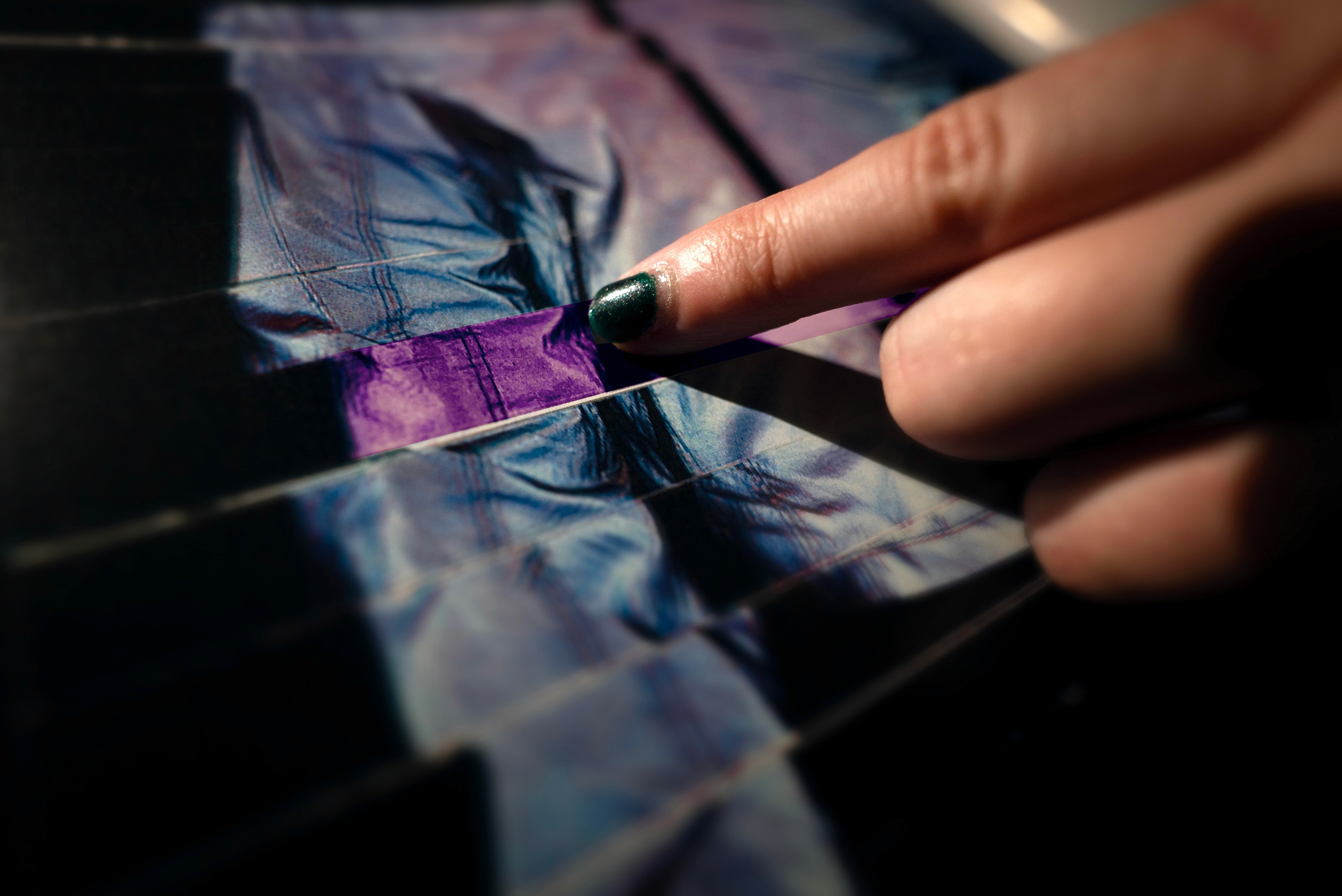
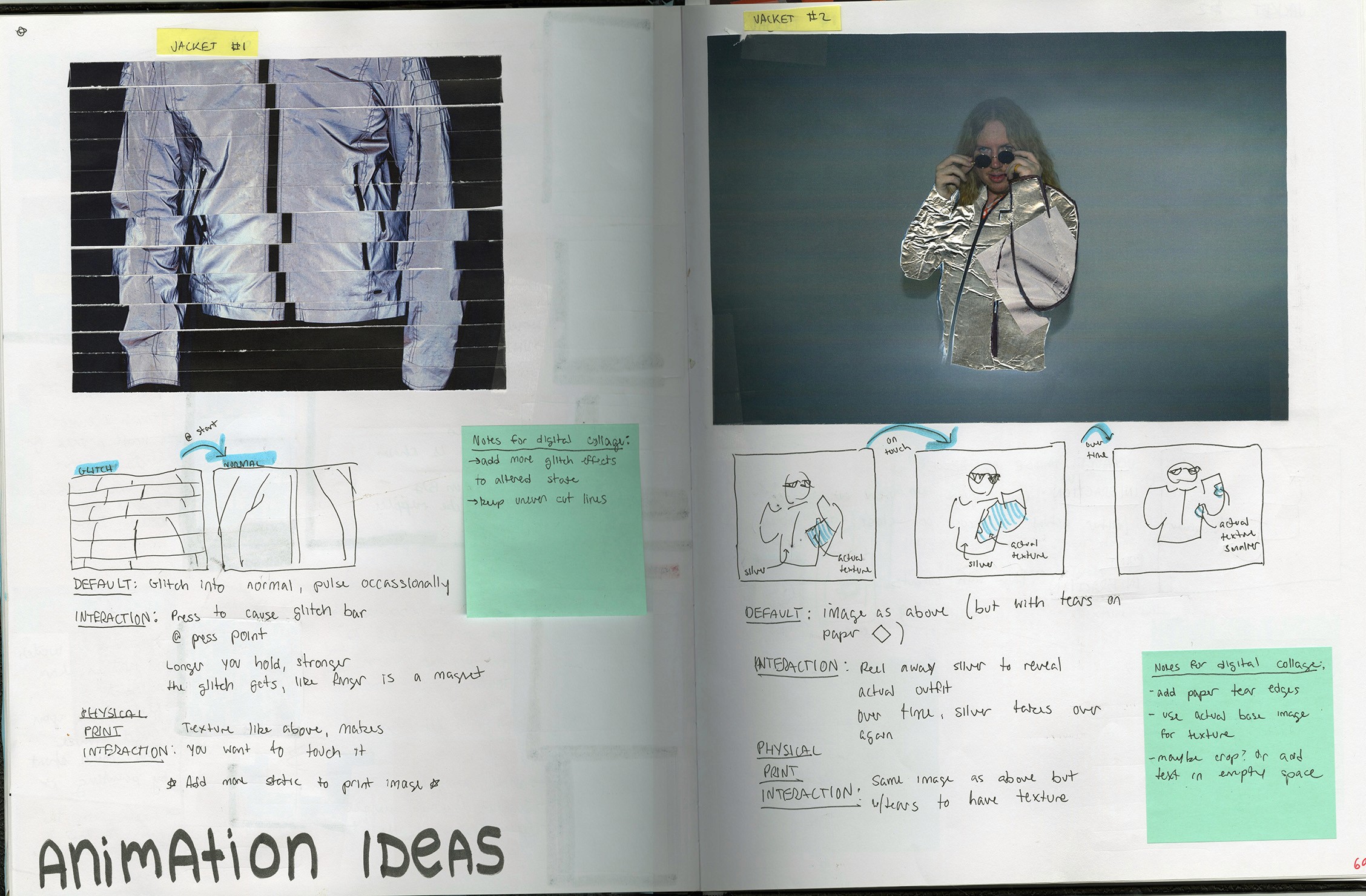


The process of creating the interactive images was a fun one! I moved between digital and analogue spaces to test which images users responded to + how they might expect the images to have hidden interactions.
Starting with photographs, I would print out and collage my materials with a vague idea of the final image in mind. I would user test these collages to figure out what interactions people saw in the static collections. Did materiality affect their expectations? Image size? Content? These were the kinds of things that helped form my plan for the final motion graphics.
The only guideline I gave users during testing was that the images were interactive in some way. Since this technology would exist in a similar context with minimal instructions on what to do, I wanted the designs to be intuitive to anyone who might come upon them.
The process of creating the interactive images was a fun one! I moved between digital and analogue spaces to test which images users responded to + how they might expect the images to have hidden interactions.
Starting with photographs, I would print out and collage my materials with a vague idea of the final image in mind. I would user test these collages to figure out what interactions people saw in the static collections. Did materiality affect their expectations? Image size? Content? These were the kinds of things that helped form my plan for the final motion graphics.
The only guideline I gave users during testing was that the images were interactive in some way. Since this technology would exist in a similar context with minimal instructions on what to do, I wanted the designs to be intuitive to anyone who might come upon them.
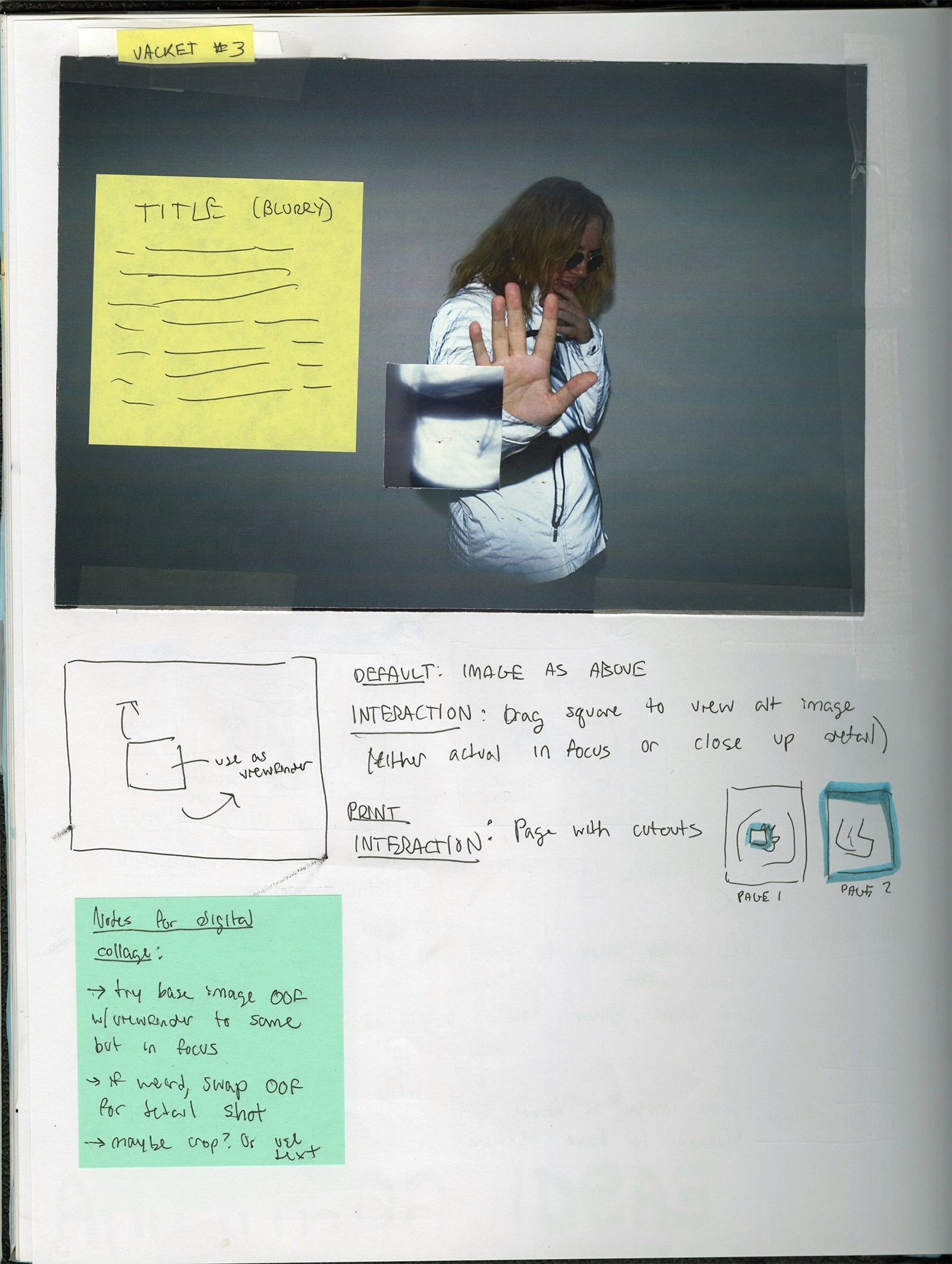


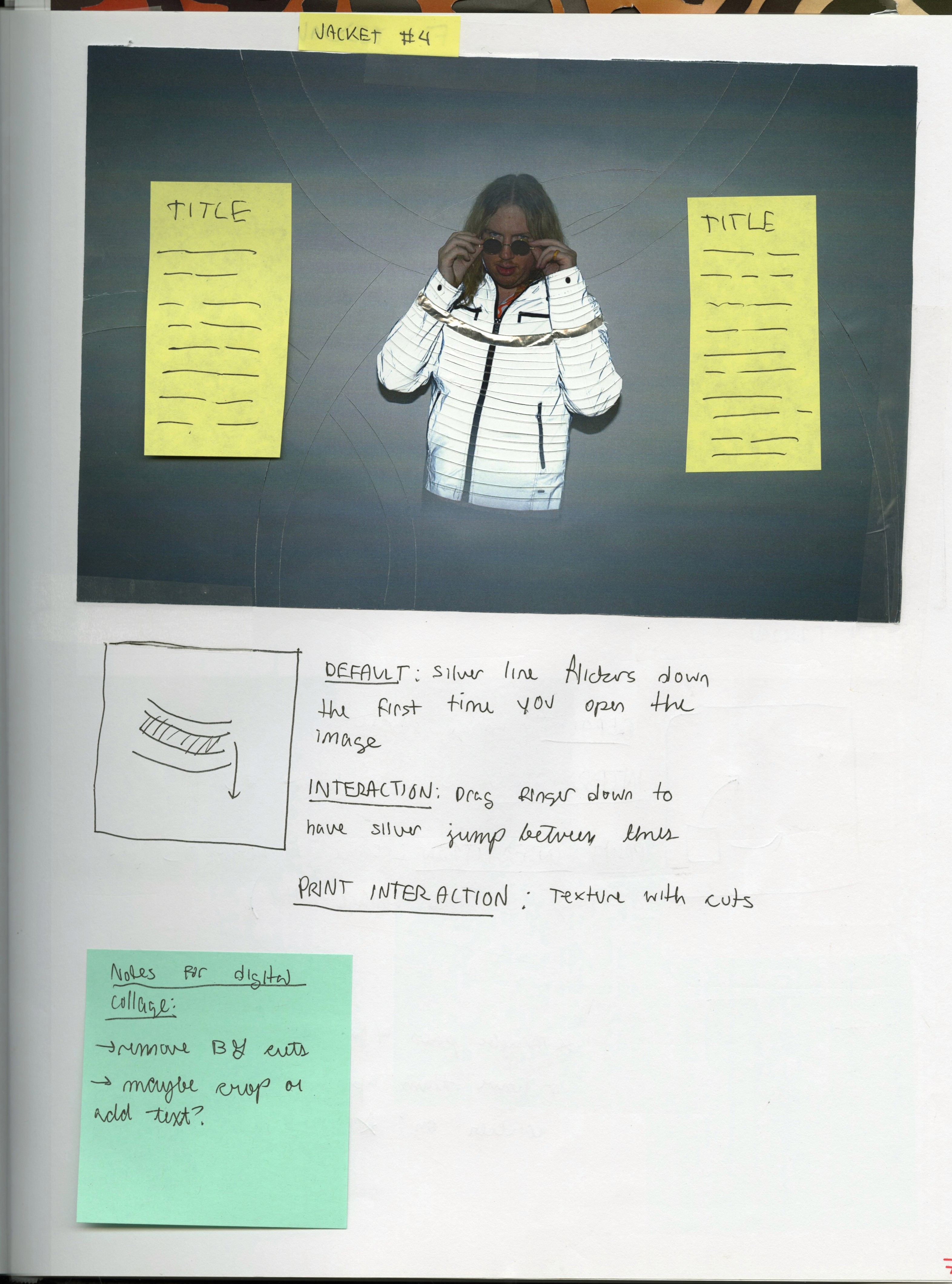

Another key part of this project was envisioning a future where technology has not made print obsolete but instead has helped discover an opportunity for it to change and grow.
I grew up in an era where “magazine editor” was a dream job for a lot of young girls and it saddens me to see how the industry has eroded over the last twenty years.
With the vague threat of AI looming, I wanted Mira to explore a world where traditional and new media are not at odds but instead work together to create an entirely new space.
I hope to continue this kind of hybrid work in the future as I continue to showcase work that blends genres, blurs mediums, and, above all, focuses on the possible.
Another key part of this project was envisioning a future where technology has not made print obsolete but instead has helped discover an opportunity for it to change and grow.
I grew up in an era where “magazine editor” was a dream job for a lot of young girls and it saddens me to see how the industry has eroded over the last twenty years.
With the vague threat of AI looming, I wanted Mira to explore a world where traditional and new media are not at odds but instead work together to create an entirely new space.
I hope to continue this kind of hybrid work in the future as I continue to showcase work that blends genres, blurs mediums, and, above all, focuses on the possible.
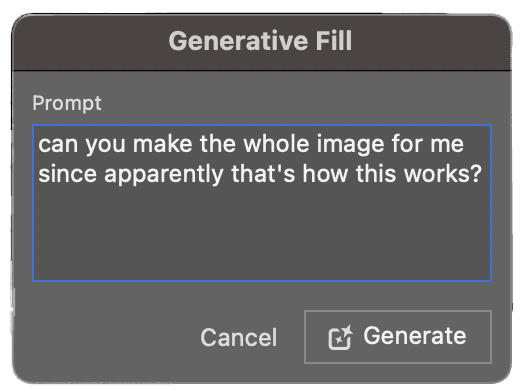
Client
Class
Instructors
Art Direction
Design
Photography
Models
Client
Class
Instructors
Art Direction
Design
Photography
Models
Emily Carr University of Art and Design
Interaction Design Studio
Eugenia Bertrulis
Haig Armen
Jessica Wynn Cole
Austin England
Ibuki Takahashi
Emily Carr University of Art and Design
Interaction Design Studio
Eugenia Bertrulis
Haig Armen
Jessica Wynn Cole
Austin England
Ibuki Takahashi


